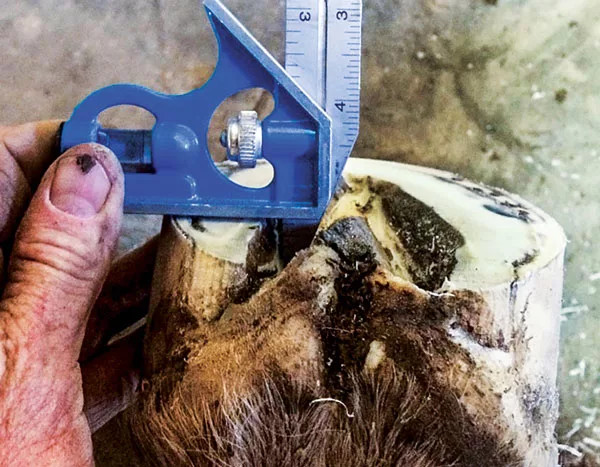American Farriers Journal
American Farriers Journal is the “hands-on” magazine for professional farriers, equine veterinarians and horse care product and service buyers.

Understanding exterior hoof conformation, loading forces characteristics
and the ability to observe the conditions are critical.
Knowledge of the horse’s seasonal competitive schedule can make a
difference in getting ahead of potential problems that can occur.
Identifying the most robust structures of the foot enables the farrier to adjust the trim to support the weaker structures.
Hydration levels in horses’ hooves will change dramatically not only from location-to-location, but also with naturally occurring seasonal change.
Competitive sport horses that compete at different regional locations might encounter higher saturation levels multiple times within the year and these continually changing circumstances can be detrimental to the overall health of the equine hoof.
The equine hoof capsule has the capacity to distribute a large amount of force derived not only from locomotion, but also the effects of ground reaction force.1 While the mechanics of the hoof largely are understood in the capacity of expansion, the vertical forces of weight bearing also are significant in the health of the hoof capsule. These forces coupled with changing environmental conditions can be challenging for a farrier to manage. The constant change from wet to dry conditions has been well documented as a factor in making footcare difficult in terms of farrier management.
Nearly all of the horny structures on the exterior distal limb have the ability to distort. Wall flares are well recognized as being unfavorable. Solar conformation also might give a farrier a lot of information in regard to…